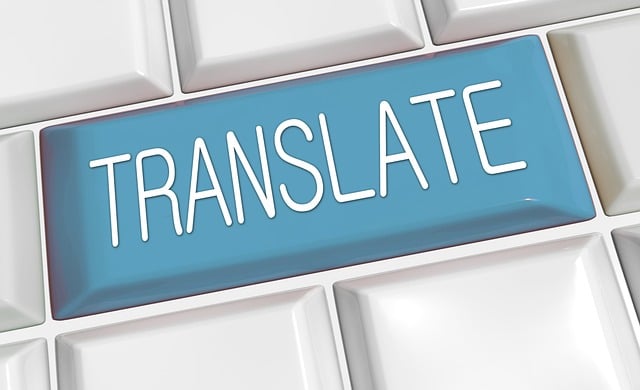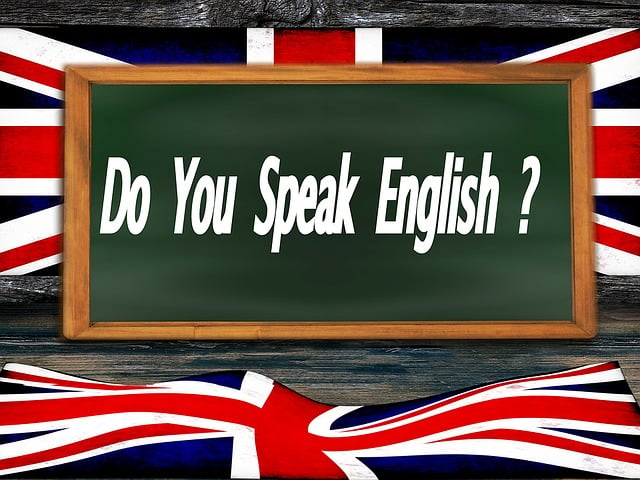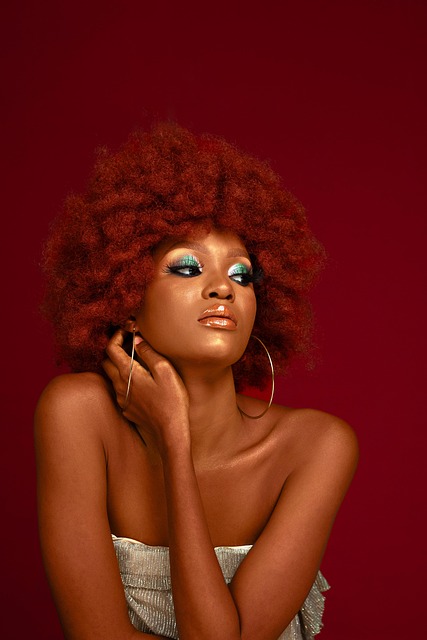
Overcoming cross-lingual communication challenges requires deep cultural understanding and precise translation, avoiding direct interpretations that may cause offense. Specialized tools, software, and linguists aid in maintaining consistency and sensitivity. Machine learning advancements offer real-time, accurate translations but often need human interpretation for nuanced understanding. Building trust through transparent communication is crucial, especially in sensitive areas like visa applications. Fostering bilingualism strengthens global connections and cultural exchange, vital for international content strategies.
Overcoming barriers in cross-lingual communication is essential for fostering global connections and understanding. In today’s interconnected world, effective translation goes beyond mere word-for-word substitutions. This article explores strategies to enhance cross-lingual interactions, including understanding cultural nuances, leveraging advanced tools, embracing machine learning, and promoting transparent communication. By delving into these methods, we aim to guide folks in navigating linguistic landscapes and unlocking the power of accurate, meaningful translate.
- Understand Cultural Nuances and Context
- Choose Appropriate Translation Tools
- Overcome Language Barriers with Machine Learning
- Embrace Human Interpretation for Accuracy
- Build Trust Through Transparent Communication
- Encourage Bilingualism for Deeper Connections
Understand Cultural Nuances and Context

Overcoming barriers in cross-lingual communication requires a deep understanding of cultural nuances and context. Each language carries unique idioms, proverbs, and figurative expressions that can be challenging to translate accurately. For instance, a phrase that seems straightforward in one language might have multiple interpretations or even offensive undertones when directly translated into another. To bridge this gap, linguists and translators must consider the cultural background of both the source and target audiences. This involves understanding not just the words but also the underlying meanings, values, and social norms embedded within them.
When dealing with legal documents or sensitive information targeting global audiences, maintaining style consistency in translation is paramount. Utilizing translation memory software can significantly aid this process by storing previously translated segments, ensuring terminological coherence across projects. Moreover, leveraging resources like flashcards for vocabulary can help professionals quickly refer to accurate and contextually appropriate terms. In the realm of legal document interpretation, where precision is non-negotiable, giving us a call at Flashcards for Vocabulary enables access to specialized linguists who can navigate these complexities, providing clear and culturally sensitive interpretations.
Choose Appropriate Translation Tools

Choosing the right tools for the job is paramount when it comes to successful cross-lingual communication. In today’s digital era, an array of translation options are readily available, each with its unique strengths and limitations. For beginners in multilingual communication mastery, understanding these tools and their applications is crucial.
Interactive language practice platforms offer a dynamic way to enhance language skills, while interpreters’ roles in diplomacy cannot be understated—they facilitate real-time conversations, ensuring accuracy and cultural sensitivity. When delving into specific fields like medical terminology translation, a deeper level of linguistic analysis for translators becomes essential. Visit us at multilingual communication mastery to discover beginner translation strategies that can propel your cross-lingual endeavors forward.
Overcome Language Barriers with Machine Learning

Overcoming language barriers is no longer an insurmountable challenge, thanks to advancements in machine learning (ML). ML-powered translation tools have revolutionized cross-lingual communication, making it easier for individuals and organizations to bridge the gap between different languages. These tools can translate text, speech, and even complex technical manuals in real time, ensuring accurate and contextually appropriate communications.
For instance, in the field of local knowledge sharing or efficient project workflow translating technical manuals, ML algorithms excel at capturing nuances and cultural references. Field research for accurate translation is no longer a tedious process; instead, ML models can analyze vast amounts of data to deliver high-quality translations. This capability not only speeds up communication but also improves accuracy, fostering better collaboration between teams with varying language skills. Even those with intermediate level language skills can leverage these tools to give us a call and enhance their cross-lingual interactions significantly.
Embrace Human Interpretation for Accuracy

In cross-lingual communication, embracing human interpretation can significantly enhance accuracy and cultural understanding. When relying on machine translations alone, nuances, idioms, and context may be lost, leading to potential misunderstandings. Human interpreters possess a deep understanding of both languages and cultures, enabling them to capture subtle meanings and ensure messages are conveyed appropriately. They can clarify ambiguities and adapt language to suit the specific context, making communication more effective, especially in complex or technical discussions.
Localizing content for global markets further underscores the importance of human interpretation. When translating hardware documentation, for instance, a skilled interpreter can adapt not just words but also visual elements to resonate with diverse audiences. This involves mastering new words quickly and ensuring that instructions are clear and accessible, regardless of linguistic or cultural backgrounds. For accurate translation services, give us a call at Field Research.
Build Trust Through Transparent Communication

Building trust is essential when navigating cross-lingual communication, and one powerful tool to achieve this is transparent communication. When individuals from different linguistic backgrounds interact, being open and honest about language barriers and the process of translation can foster a sense of understanding and mutual respect. By acknowledging the challenges and explaining the steps involved in translating conversations or documents, such as visa application translations, you create an environment where both parties feel at ease.
Local knowledge sharing and understanding the local market are enhanced when there is trust built on transparency. Language learning apps can facilitate this by providing accurate and culturally sensitive translations, but it’s also about how these tools are used in practice. Encouraging open dialogue and being receptive to feedback ensures that communication remains effective while preserving cultural context. So, give us a call at [your brand/NAP] to explore how we can help bridge these gaps through transparent and meaningful cross-lingual interactions.
Encourage Bilingualism for Deeper Connections

In today’s globalized world, embracing bilingualism is more than just a skill—it’s a gateway to deeper connections and understanding. Encouraging multilingualism among individuals and communities fosters an environment where diverse languages are celebrated and valued, breaking down barriers that often hinder cross-lingual communication. When people have the freedom to express themselves in their native tongue, it opens doors to authentic interactions and stronger relationships. This is particularly significant when implementing a content strategy for international reach, ensuring your message resonates with audiences worldwide.
By promoting bilingualism, we enable individuals to contribute their unique linguistic perspectives, enhancing cultural exchange and localization of advertising campaigns. It’s not just about translating words; it involves understanding the semantic considerations that make content truly accessible and meaningful. Embracing this approach encourages a more inclusive society where everyone can participate in conversations that reflect their heritage and identity. So, let’s give us a call at content strategy for international reach and explore how we can bridge gaps and foster global unity through the power of language.
Overcoming barriers in cross-lingual communication is a multifaceted endeavor that requires both technological innovation and human empathy. By understanding cultural nuances, leveraging appropriate translation tools, embracing machine learning, and fostering transparent communication, we can build bridges that connect people across languages. Encouraging bilingualism deepens these connections, creating a world where accurate and meaningful translate becomes the norm, not the exception. Together, we can navigate the labyrinth of language barriers and foster global understanding.






